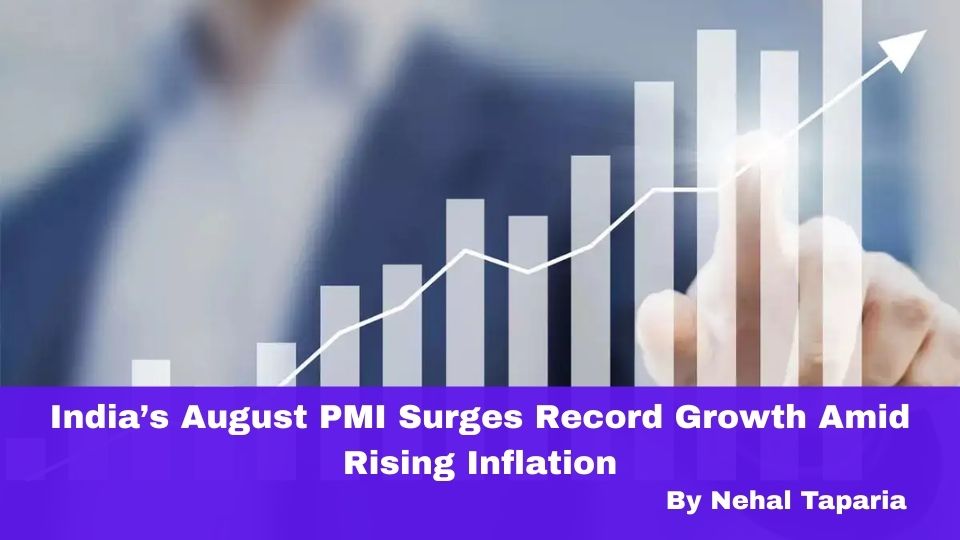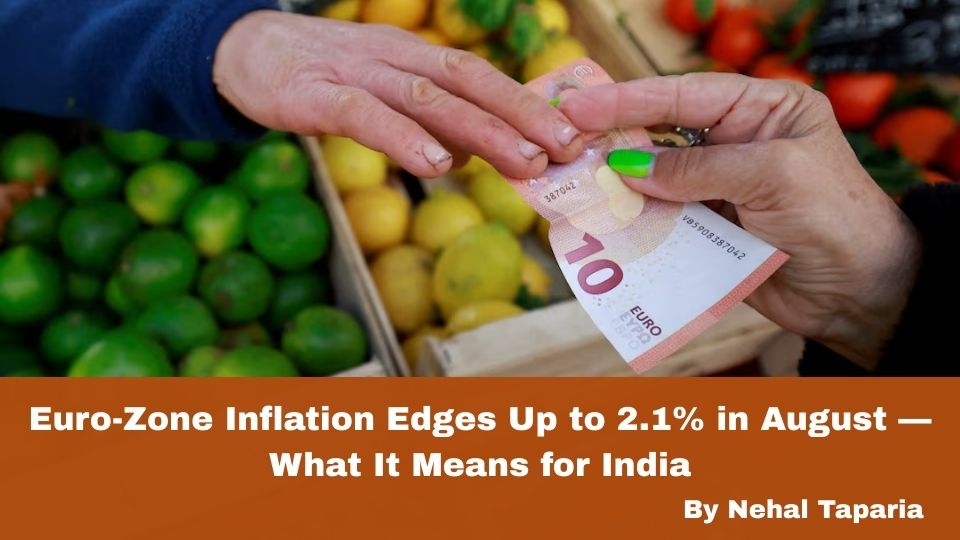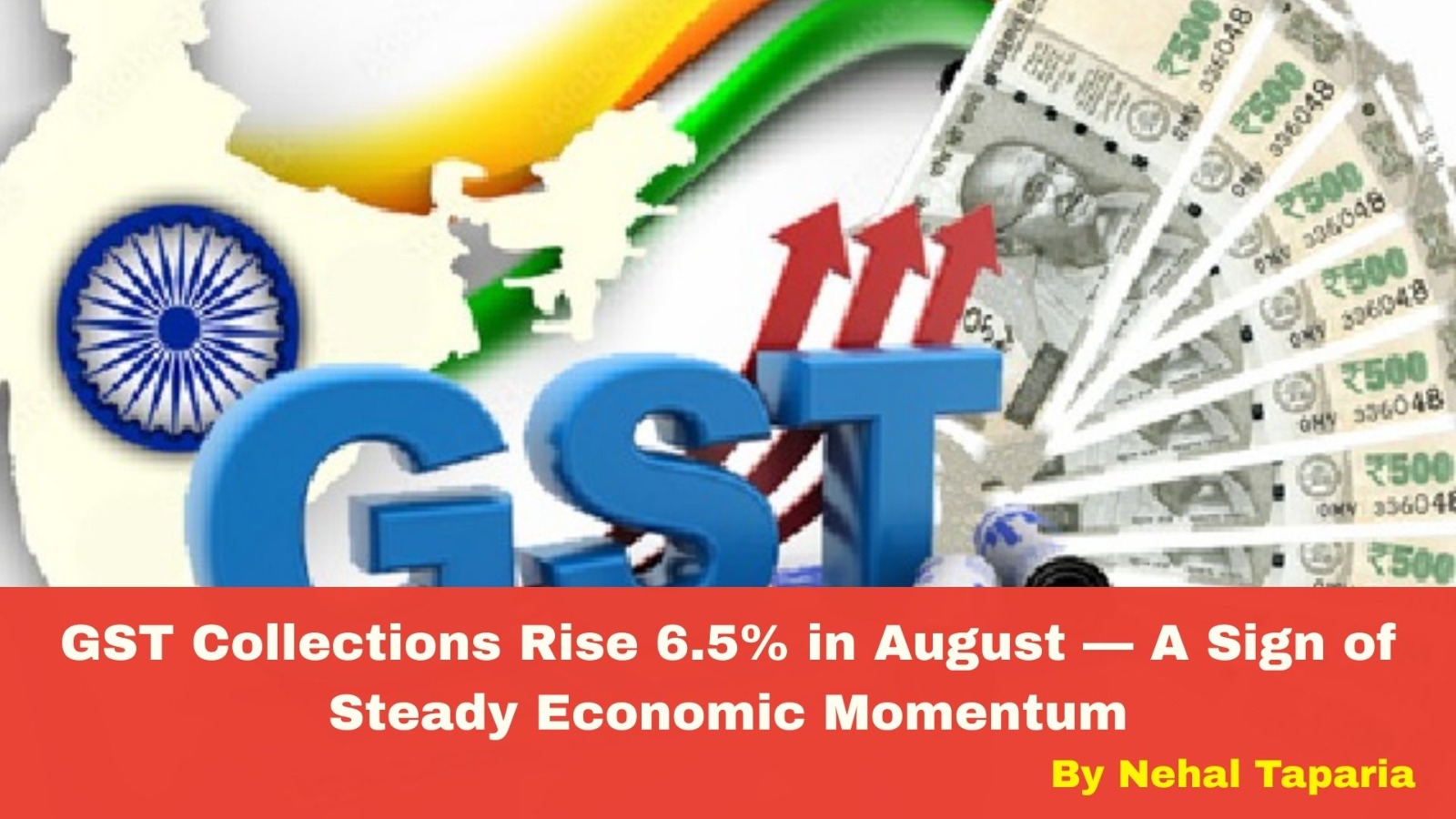Blog List

Blog List
GST Relief for Footwear & Apparel – A Game Changer for Consumption
On 3rd September 2025, the GST Council reportedly approved a reduction in GST for footwear and apparel priced up to ₹2,500, bringing the rate down to 5%, up from the previous threshold of just ₹1,000. Alongside this, the Council is simplifying the GST structure by eliminating the 12% and 28% slabs, consolidating most items into 5% and 18% categories.
Jane Street vs. SEBI: A High-Stakes Legal Battle and Its Market Implications
On September 3, 2025, U.S.-based high-frequency trading firm Jane Street filed a legal case with India’s Securities Appellate Tribunal (SAT), challenging an interim order issued by India's market watchdog, SEBI. The tribunal adjudicates appeals against SEBI's regulatory decisions.
Edward Price Lashes Out at Trump’s India Tariffs — A Strategic Misfire?
In a recent interview, Edward Price—an adjunct professor at New York University and independent foreign policy analyst—delivered a scathing critique of U.S.
India’s August PMI Surges—Record Growth Amid Rising Inflation
In August 2025, India’s private sector roared ahead, thanks to robust demand and resilient domestic consumption. The HSBC-compiled Composite PMI soared to 65.2, marking the highest output reading since the survey’s inception in December 2005In August 2025, India’s private sector roared ahead, thanks to robust demand and resilient domestic consumption. The HSBC-compiled Composite PMI soared to 65.2, marking the highest output reading since the survey’s inception in December 2005.
Euro-Zone Inflation Edges Up to 2.1% in August — What It Means for India
Key Insight: Inflation in the euro area ticked up to 2.1% in August, from 2.0% in July, slightly exceeding expectations. This uptick was driven by a rise in unprocessed food prices and a diminished drag from energy costs.
Chips Are Digital Diamonds: India’s Big Leap at Semicon India 2025
India is fast-tracking its journey to become a global semiconductor powerhouse. At Semicon India 2025 in Delhi, Prime Minister Narendra Modi delivered a clear message: “Make in India” is not just a slogan, but the foundation of India’s ambition to dominate the global semiconductor supply chain.
GST 2.0: Cheaper Shampoos, TVs, and Hybrid Cars—India’s Big Festive Tax Cut
Ahead of the September 3–4 GST Council meeting, the Modi government is rolling out its most significant tax revision in nearly a decade.
GST Collections Rise 6.5% in August — A Sign of Steady Economic Momentum
India's Goods and Services Tax (GST) collections in August totaled ₹1.86 lakh crore, up 6.5% year-on-year, underscoring sustained economic activity and persistent compliance even amid broader global uncertainties , .

Copyright © By Empirical F&M Academy. Design & Developed by Techno Duniya









.jpg)


.jpeg)